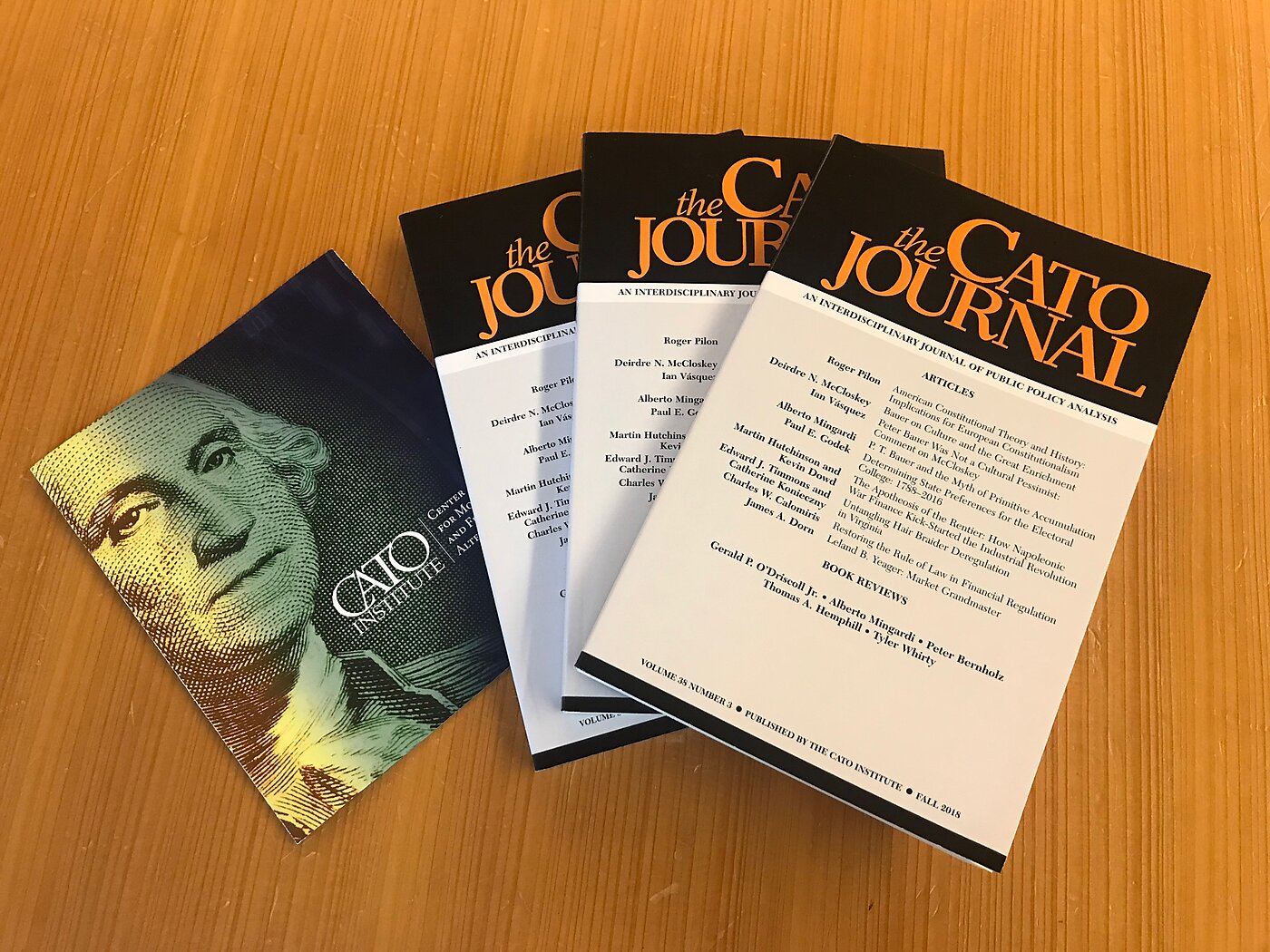“Restoring the Rule of Law in Financial Regulation”
Charles Calomiris, the Henry Kaufman Professor of Financial Institutions at Columbia Business School, writes that the financial regulatory system has “increasingly adopted processes that are inconsistent with adherence to the rule of law.” He observes that while many aspects of the expansive changes in financial regulation following the 2007-08 financial crisis have been rightly criticized, the more fundamental issues of regulatory structure and process have gone largely ignored.
Calomiris points to some examples of this unfortunate phenomenon. The Bureau of Consumer Financial Protection is structured to avoid Congressional oversight, has an extremely broad mandate, and is run by an individual director rather than a bipartisan panel. Operation Choke Point was a litigation initiative of the Department of Justice that warned banks of “heightened risks” in serving certain, less reputable, industries—such as pawn shops and adult entertainment firms. The Financial Stability Oversight Council has the power to regulate any company in the United States it deems systemically risky and is composed of the heads of various financial regulatory agencies, all appointed by the same political party.
Flawed structures and processes like the ones mentioned above impose costs on the financial system by increasing regulatory risk and can lead “to poor execution of regulatory responsibilities, as well as create unnecessary regulatory costs and opportunities for politicized mischief.” Calomiris concludes the article by considering potential reforms that restore the rule of law in financial regulation.
“Leland B. Yeager: Market Grandmaster”
James Dorn pays tribute to Leland Yeager (1924–2018), his professor at the University of Virginia in the late 1960s. A “market grandmaster,” Yeager had a keen understanding of markets and prices, the role of money in facilitating exchange, and the importance of property rights in shaping incentives and behavior.
Dorn shows the breadth of Yeager’s expertise by recalling several of his lectures, essays, and other writings, such as his Chesapeake lecture, which explains why money is the centerpiece of macroeconomics, and his magnum opus, International Monetary Relations: Theory, History, and Policy.
Dorn concludes his memorial essay by noting Yeager’s “emphasis on how monetary disorder can disrupt relative prices and their coordinating function and make economic calculation more difficult.” This outlook made him “deeply interested in examining alternatives to discretionary government fiat money, including privatization.” Undoubtedly, Yeager’s perspective profoundly influenced Dorn’s own career and that of our colleague George Selgin, and by extension the establishment and mission of the Center for Monetary and Financial Alternatives at the Cato Institute.
Book Review: American Default: The Untold Story of FDR, the Supreme Court, and the Battle over Gold by Sebastian Edwards
Cato Institute senior fellow Gerald O’Driscoll reviews American Default: The Untold Story of FDR, the Supreme Court, and the Battle over Gold by Sebastian Edwards, the Henry Ford II Professor of International Business Economics at the UCLA Anderson School of Management. The book tells the story of the great debt default of 1933–35, which O’Driscoll calls a “true turning point in American political and economic history.” Starting with a reprisal of the 1929–32 period before diving into the 1932 presidential campaign and such events as the bank failures of October 1932, Hoover’s plan to institute a bank holiday that was later adopted by Roosevelt, and the London Monetary and Economic Conference of 1933, the book, according to O’Driscoll, “moves at a fast pace, as the events themselves did” and “at times, reads like a novel.” As sovereign debt restructurings continue to take place today, the book’s deep look into a historical example in the United States provides valuable lessons and comes highly recommended by the reviewer.
Book Review: The Bitcoin Standard: A Decentralized Alternative to Central Banking by Saifedean Ammous
In reviewing The Bitcoin Standard: The Decentralized Alternative to Central Banking, yours truly was left wishing for more substance behind such an ambitious title. Indeed, I would’ve loved if the book had successfully taken on such an important topic: how the emergence and adoption of cryptocurrencies at scale will interact with, and possibly supplant, the current monetary system. Unfortunately, the book consists mostly of a drawn-out and one-sided review of monetary history supported by an exaggerated view of “sound money.” Ammous avoids substantive engagement with the many unresolved arguments on the topic, such as the effects of the unknown amount of Bitcoin lost in dormant digital wallets or the possible repercussions of mining power centralization. If The Bitcoin Standard is truly, as I call it in the review, the “Bitcoin maximalist bible,” then the religion is doomed to fail. However, I have faith other standard-bearers will emerge to better make the case for the original cryptocurrency’s potential as a monetary alternative.
Check out the full line-up of article in the Fall 2018 Cato Journal here.


